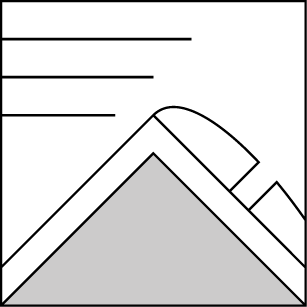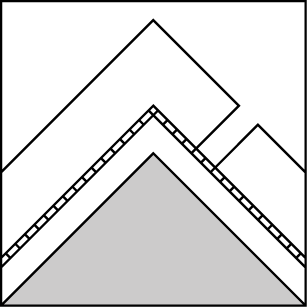Basic Information
Observation Details
Observation Date:
January 27, 2022Submitted:
January 27, 2022Observer:
SAC - Chris LundyZone or Region:
Galena Summit and Eastern MtnsLocation:
Butterfield (6700-9700', SE-E-NE)Signs of Unstable Snow
Recent Avalanches?
None ObservedCracking?
None ExperiencedCollapsing?
None ExperiencedSnow Stability
Stability Rating:
GoodConfidence in Rating:
HighStability Trend:
SteadyBottom Line
No clearly defined avalanche problem in this area. There were small, fairly recently formed wind slabs but they didn't seem very reactive. The snowpack structure where I dug still looked quite poor, with a 3-4' very dense slab atop the 12/11 facet layer that remains quite weak. Several weeks without significant loading has allowed this layer to become unreactive, but the poor structure does not install much confidence.
Snow surfaces on sheltered slopes are very weak, but it's a complex mixed bag at upper elevations and on wind-exposed slopes.
Media/Attachments


Advanced Information
Weather Summary
Cloud Cover:
ClearTemperature:
ColdWind:
CalmThe sun offered some warmth, but it was still rather cold in the shade.
Snowpack Observations
Shady/sheltered slopes have very weak surfaces: 10-20cm of well-developed near surface facets. Solars have a 1cm layer of low-density facets (from the bit of snow earlier this week) on fairly stout (but not supportable) crusts. Time will tell if these facets end up baking into the crust. More significant facets exist beneath the crust, but it would likely take a decent load to break through the protective crust.
Upper elevations and even exposed mid-elevations are wind-whacked in a major way and will provide a mixed bag of surfaces if/when it snows. Overall these are likely to be less concerning, but we'll see how they look when it actually snows.
I probed 12/11 down 80-110cm at mid to upper elevations.
@9200', NE, 32* ("Rock Shot"): HS 135cm. 12/11 down 110cm. Slab very dense and P hard for bottom 2/3 (photo). ECTX. 12/11 varied a bit just across my pit, but there was generally a thin 4F or even 4F- layer of large-grained facets. This did not inspire much confidence and exposing myself to a consequential slope with this snowpack, even with the lack of recent loading, would exceed my risk tolerance.
Recent winds put down another round of wind slabs, but these seemed to have formed atop previous wind slabs rather than weak snow. Stomping around on rock hard wind slabs is always rather inconclusive, but they did not seem very reactive.

Avalanche Problems
| Problem | Location | Distribution | Sensitivity | Size | Comments |
|---|---|---|---|---|---|
 Wind Slab
Wind Slab
|
|
Comments: Stomped around on several. Seemed unreactive, but low confidence on this. |
|||
 Deep Persistent Slab
Deep Persistent Slab
|
|
Layer Depth/Date: 80-110 Weak Layer(s): Dec 11, 2021 (FC) Comments: Rose shaded on forecasted location |
Terrain Use
Terrain selection was more defined by work context and solo travel than avalanche conditions.
